Kale cabbage belongs to the category of “superfood”, that is, it is a vegetable that has a huge amount of nutrients. It is incredibly useful, but unfortunately, it is hard to find on the shelves. Nevertheless, adherents of healthy foods must definitely include this vegetable in their diet and learn more about its beneficial properties.
Material Content:
Cabbage Cale (Kale) - what is it?
This vegetable is also called kale, or kale. It is a two-year-old vegetable plant from the cruciferous family. The culture does not have a head and consists of many curly large leaves. Their shade varies from dark green to purple, depending on the variety. The leaves of such cabbage are similar in shape to salad.
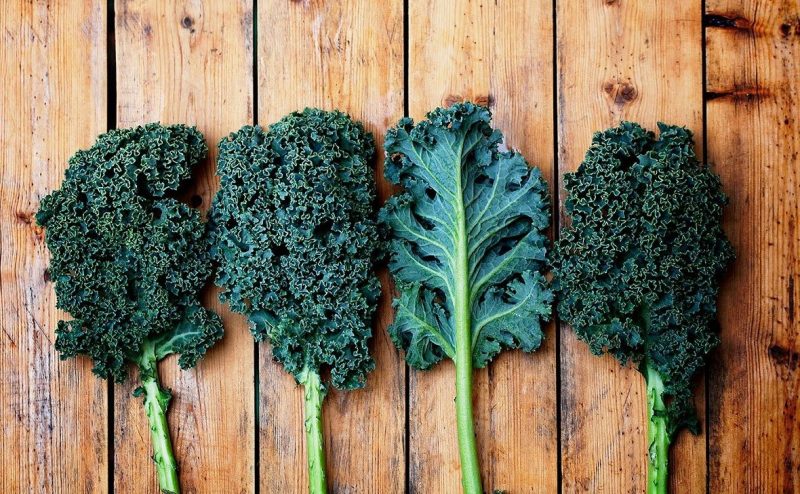
Important. Cabbage with purple leaves has a high frost resistance, but has a bitter aftertaste.
Common types and varieties
Cale belongs to the wild varieties. She has several varieties that differ in shade, size, softness and curly leaves, taste, and also the content of nutrients.

Important. Any variety is suitable for heat treatment, but for fresh salads it is advisable to buy cabbage with soft leaves.
Vegetables can be grown from seeds. The growing season is 2 months. Most varieties are frost-resistant, grow and develop at a temperature of 15 - 18ºС, give an early harvest.
Popular varieties:
- Red. Leaves twisted, red
- Blue dwarf. This is a compact bush plant that looks like an ornamental bush.
- Siberian.Frost-resistant variety with high resistance to pests and diseases.
- Cane. Tall, up to 2 m in height, plant.
- Redbor. A plant up to 1.5 m tall with red leaves. It looks like a palm tree.
- Curly. Cabbage with soft, wrinkled and juicy leaves.
- Premier Calais. Frost resistant grade.
- Black Tuscany. Leaves of a gray-matte hue.
Due to the high nutritional value of the plant, the number of its hybrid varieties increases every year.
Useful and healing properties of cabbage kale
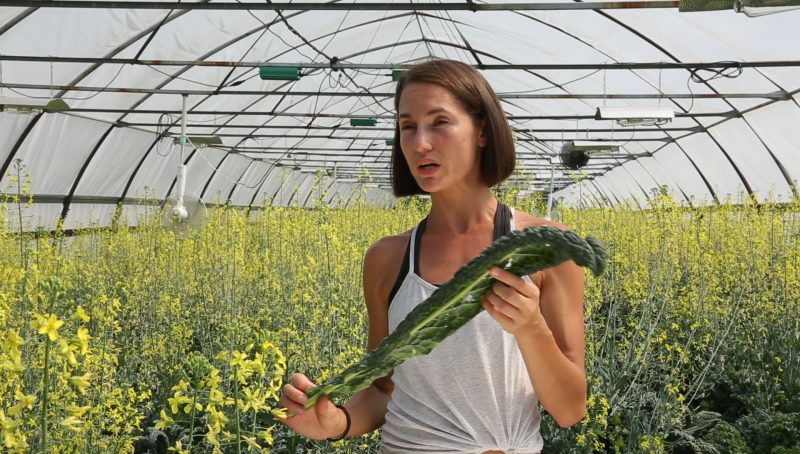
Cabbage cabbage, sometimes called Gruncol, has an incredibly rich nutritional composition:
- vitamins: A, B, C, PP, K;
- calcium, potassium, phosphorus, magnesium, iron, sodium, zinc, selenium, copper;
- cellulose;
- amino acids;
- omega 3;
- flavonoids;
- antioxidants;
- chlorophyll;
- lutein;
- sulforan.
The calorie content of a fresh vegetable is low, in 100 g of raw leaves contains 48 Kcal.
Having eaten a small bowl of cabbage salad, you can get a double norm of retinol, a daily dose of vitamins PP, B and C, as well as more than 600% of the daily norm of vitamin K.
The composition of this overseas vegetable includes all the essential and 18 essential amino acids. Such a cabbage may well become a substitute for meat, since there is more protein in it than in beef, and the calcium content is higher than in dairy products.
Important. In the composition of Brunkol cabbage (also called Kale) there is indole-3 carbinol. It is scientifically proven that this substance stops the growth of cancer cells.
Useful properties of the described plant:
- boosts immunity;
- improves vision, increases eye resistance to ultraviolet light;
- reduces the level of bad cholesterol in the blood;
- protects against free radicals;
- normalizes the digestive tract;
- has an antibacterial effect;
- improves heart function;
- normalizes the state of the vascular system;
- strengthens teeth and bones, is a prevention of diseases of the musculoskeletal system;
- has anti-inflammatory effect;
- removes toxins from the body;
- has a detoxifying effect;
- slows down the aging process, improves the condition of hair and skin;
- tones and invigorates;
- normalizes reproductive function;
- stimulates the adrenal glands;
- normalizes hormonal levels;
- Eliminates PMS (postmenstrual syndrome).
In the course of research, American scientists found that Cale improves mood and optimistic mood.
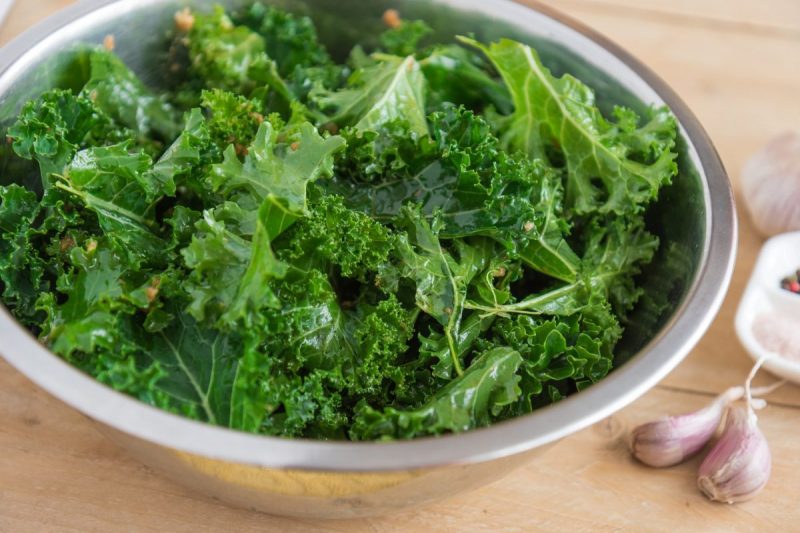
Vegetable proteins contained in cabbage leaves are easily digested and absorbed, so this vegetable does not cause digestive problems.
Cale is useful for:
- oncological diseases;
- chemical poisoning;
- eye diseases (especially with glaucoma);
- anemia
- osteoporosis;
- stomach ulcer and 12 duodenal ulcer.
It helps to establish digestion, normalizes stool. Cale is even used in the fight against colon cancer.
The leaves of the plant can be included in the diet diets for weight loss, because they have great nutritional value and low calorie content.
Brauncol (Cale) is especially useful for children and pregnant women.
Cooking Application
For the preparation of salads, only the leaves of the described type of cabbage are used. Its stem is very hard, so it is not eaten. Cabbage emits a subtle cabbage flavor.
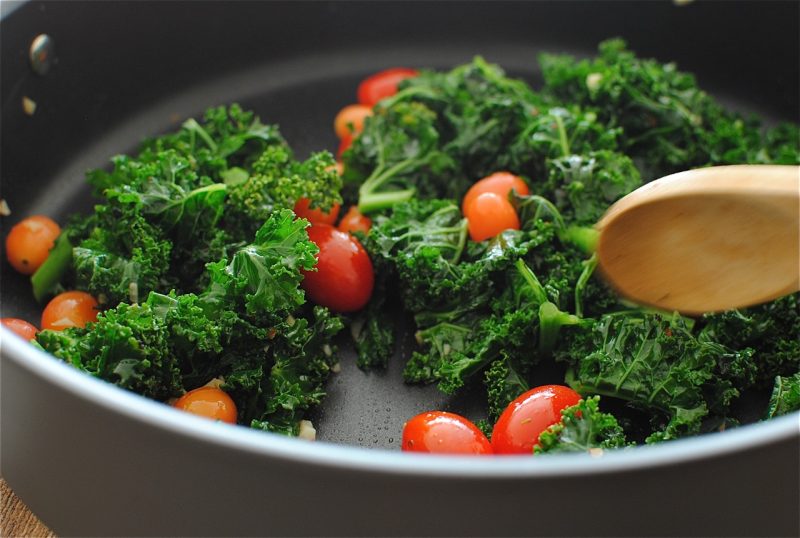
Cale has a bitter taste, therefore, in its pure form it is not consumed, but it is used to prepare salads, first courses and vegetable stews. Especially good in fresh salads cabbage leaves are combined with parsley, dill, onions, cucumbers and tomatoes. You can refuel such dishes with olive oil, sour cream or mayonnaise.
During the preparation of the salad, the cabbage needs to be chopped, poured with lemon juice, salt, mashed with hands and left for 10 - 15 minutes.The leaves will become softer and secrete juice.
Cale is cooked, like ordinary cabbage. It can be stewed or fried. Moreover, in the process of heat treatment, it does not become less useful.
- Store fresh cabbage in the refrigerator for no more than 7 days. It is advisable to place the leaves in water, otherwise they will tilt.
- Cale can also be frozen. This will increase the shelf life to 2 months. Before freezing, the leaves must be washed and dried.
Contraindications
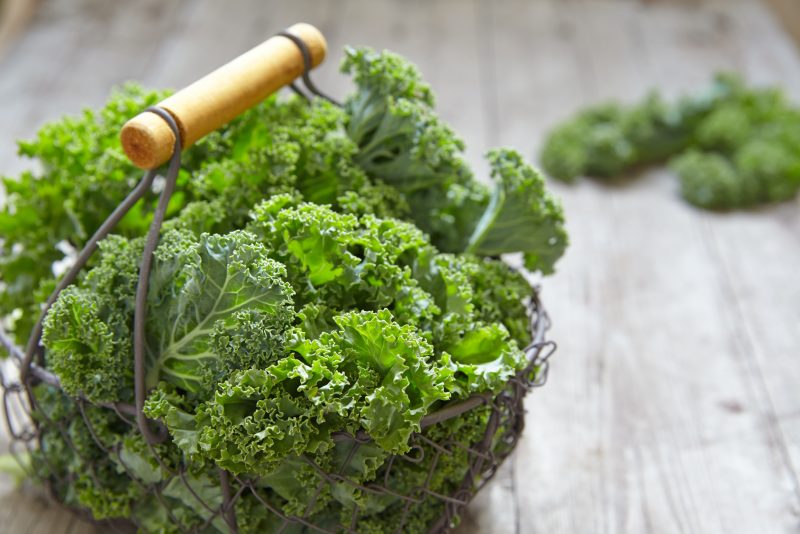
Do not use a vegetable for kidney disease and urolithiasis. Cabbage contains a large amount of oxalic acid, which can lead to poor health.
Also, the vegetable should be discarded in case of individual intolerance.












